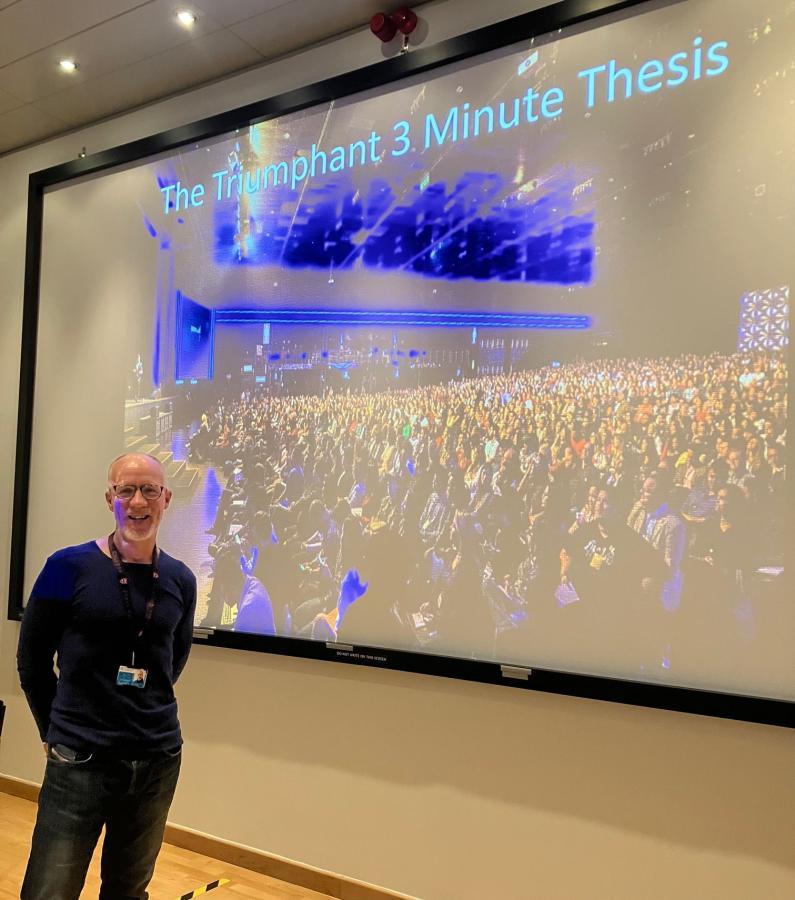The origin of so many great quotations is disputed.
So it goes with this one from Albert Einstein, but I’m going to cite it nonetheless.
Because it’s a brilliant example of the power of analogies.
He was reputed to have explained the (then) new technology of radio like this:
- Wire telegraph is a kind of a very, very long cat. You pull his tail in New York and his head is meowing in Los Angeles. Radio operates exactly the same way: you send signals here, they receive them there. The only difference is that there is no cat.
When I’m teaching public speaking and presentations, I usually cover analogies.
They can be so effective in helping an audience understand something they may not have heard of before…
With reference to something they have.
Just like with Einstein and radio.
It’s a trick I often use in Cambridge, as I commonly work with pioneering research.
For example, with one company, we were struggling to explain the great advantage their new technology offered.
It took a bit of work, but eventually we came up with:
- In terms of an advance, this is like the huge jump from photographs to video. Previously, we knew what was in a system at a molecular level, but not how everything was interacting, second by second. Now, however, courtesy of our innovation, we do.
That worked beautifully in terms of explaining to potential investors and customers what we could do.
And all because of the power of an analogy.
I also, sad to admit, greatly enjoy the less pleasant use of analogy.
Something commonly said to my less talented former colleagues in my BBC days was:
- That idea is as much use as rearranging the deck chairs on the Titanic.
Which summed up the situation most pleasantly.
But apart from the fun of that sarcasm, it holds another important lesson.
If you get an analogy right, it can be so effective that it enters common usage.
Rearranging the deck chairs on the Titanic is one example.
But a far more geopolitical, historical, and meaningful instance comes courtesy of Winston Churchill.
In a speech, just after the Second World War, he described the new reality of Europe:
The sad division between the free, democratic west, and the Soviet dominated, totalitarian East.
What Churchill said became part of history:
- From Stettin in the Baltic, to Trieste in the Adriatic, an Iron Curtain has descended across the continent.
From then onwards, the Iron Curtain was often used to describe how Europe had become divided.
I doubt many - or any - of us will ever produce an analogy so profound.
But for your everyday communication challenges, trying to explain sometimes difficult concepts…
It’s worth seeing if you can find an analogy to help.
In conclusion, after all, an effective analogy…
- Can be like turning on the light in a dark room.



